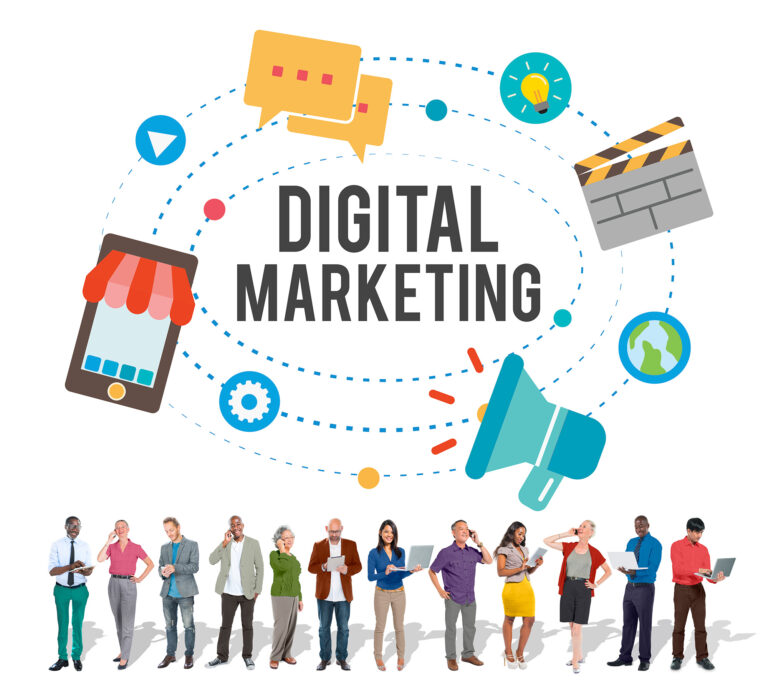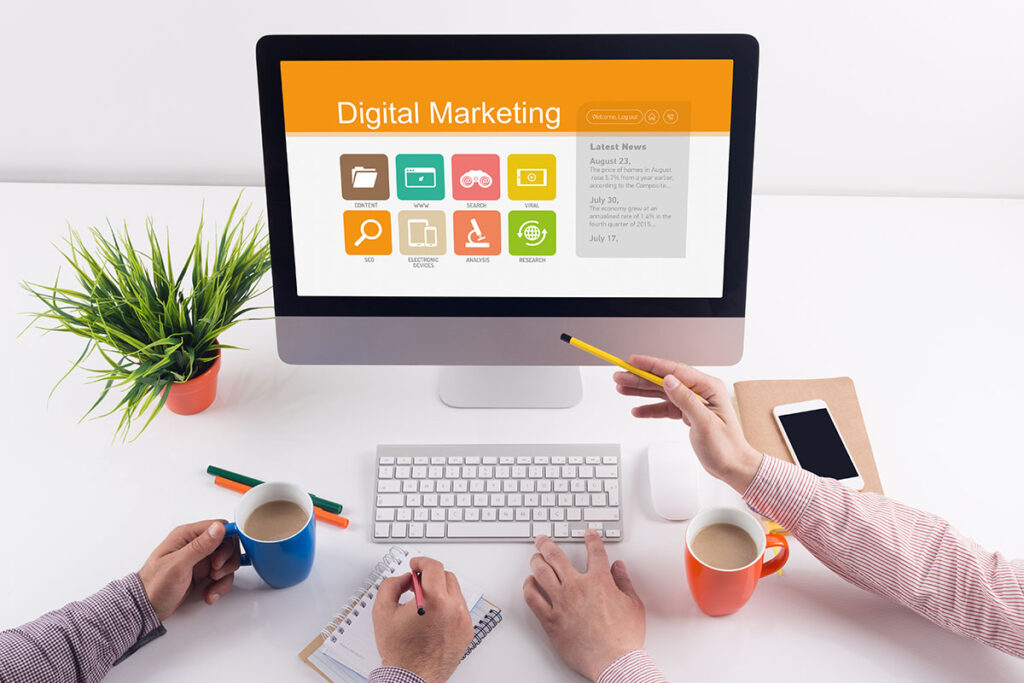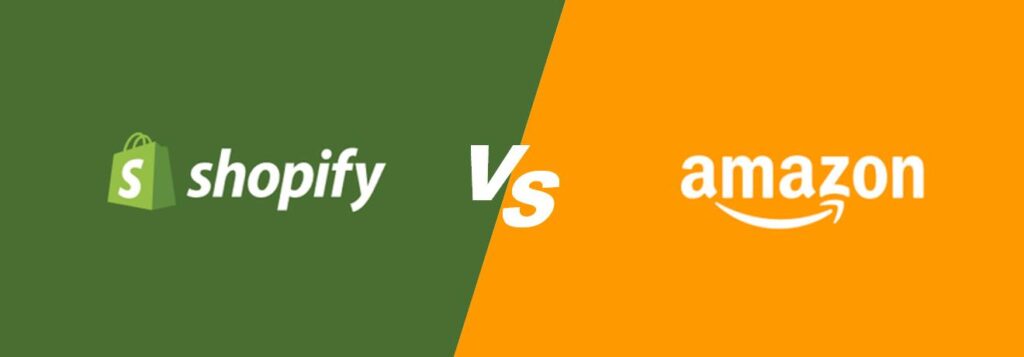In today’s competitive business landscape, marketing is crucial for the success and growth of small businesses. However, many small business owners operate on tight budgets, making it challenging to allocate significant resources to marketing efforts. Fortunately, there are numerous cost effective marketing strategies that can help small businesses reach their target audience, build brand awareness, and drive sales. In this article, we will explore some of the most effective and budget-friendly marketing strategies for small businesses.
1. Content Marketing
Content marketing is one of the most cost-effective ways to connect with your audience, establish your expertise, and build trust. It involves creating and sharing valuable, relevant, and consistent content to attract and engage your target audience. Here are some content marketing strategies for small businesses:
Blogging: Start a blog on your website and regularly publish informative and engaging articles related to your industry. This not only provides value to your audience but also improves your website’s search engine optimization (SEO).
Social Media: Create and share content on social media platforms such as Facebook, Twitter, and Instagram. Social media is an excellent platform for sharing blog posts, videos, infographics, and other content.
Email Marketing: Build an email list and send out newsletters or promotional emails to your subscribers. Email marketing is a low-cost way to nurture leads and drive conversions.
Guest Blogging: Write guest posts for industry-related websites and blogs. This allows you to reach a broader audience and establish yourself as an industry authority.
2. Search Engine Optimization (SEO)
Optimizing your website for search engines is essential for increasing your online visibility and attracting organic traffic. While SEO can be a complex field, there are some basic strategies that small businesses can implement at minimal cost:
Keyword Research: Use free or low-cost keyword research tools to identify relevant keywords for your business. Optimize your website’s content, meta tags, and headings with these keywords.
Local SEO: If you have a physical location, optimize your website for local search by creating a Google My Business listing and ensuring your business information is consistent across online directories.
Quality Content: As mentioned earlier, producing high-quality, relevant content can boost your SEO. Regularly update your website with fresh content.
Backlinks: Build relationships with other websites in your industry and seek opportunities to earn backlinks to your site. High-quality backlinks can improve your website’s authority and search engine rankings.
3. Social Media Marketing
Social media platforms offer a cost-effective way to connect with your audience, share updates, and promote your products or services. Here are some tips for effective social media marketing on a budget:
Choose the Right Platforms: Focus on the social media platforms where your target audience is most active. It’s better to excel on a couple of platforms than to spread yourself too thin.
Engage with Your Audience: Respond to comments, messages, and mentions promptly. Engaging with your audience builds trust and encourages loyalty.
User-Generated Content: Encourage your customers to create and share content related to your products or services. User-generated content can be a powerful marketing tool.
Paid Advertising: While paid social media advertising can be effective, start with a small budget and carefully target your audience to maximize ROI.
4. Email Marketing
Email marketing remains one of the most cost-effective ways to reach your audience and nurture leads. Here are some email marketing strategies for small businesses:
Segmentation: Divide your email list into segments based on demographics, interests, or behaviors. This allows you to send targeted and relevant content to different groups.
Automation: Use email marketing automation tools to send personalized emails at the right time. Automated emails can include welcome sequences, abandoned cart reminders, and follow-up messages.
A/B Testing: Experiment with different subject lines, email content, and calls to action to determine what resonates best with your audience.
Analytics: Monitor the performance of your email campaigns and use analytics data to refine your email marketing strategy over time.
5. Word of Mouth Marketing
Word of mouth marketing relies on satisfied customers spreading the word about your business. It’s one of the oldest and most effective forms of marketing, and it doesn’t cost much. Here’s how to encourage word of mouth marketing:
Deliver Exceptional Customer Service: Provide outstanding customer service to create positive experiences that customers will want to share with others.
Online Reviews: Encourage satisfied customers to leave reviews on platforms like Google, Yelp, and TripAdvisor. Positive reviews can significantly impact your reputation.
Referral Programs: Create referral programs that reward customers for referring friends and family to your business. Offer discounts or incentives to both the referrer and the referee.
Partnerships: Collaborate with complementary businesses to cross-promote each other. This can expand your reach and introduce your brand to new audiences.
6. Influencer Marketing
Influencer marketing involves partnering with individuals who have a significant following and influence in your industry or niche. While some influencers may require payment for their services, many are willing to work with small businesses in exchange for free products or services. Here’s how to get started with influencer marketing:
Identify Relevant Influencers: Look for influencers whose values and interests align with your brand. They should have an engaged and relevant audience.
Outreach: Reach out to potential influencers and propose collaboration ideas. Be clear about what you can offer in exchange for their promotion.
Micro-Influencers: Consider working with micro-influencers, who have smaller but highly engaged followings. They can be more cost-effective for small businesses.
Track ROI: Monitor the results of your influencer marketing campaigns to ensure they provide a positive return on investment.

7. Networking and Community Involvement
Building relationships within your local community and industry can be a valuable marketing strategy for small businesses. Here’s how to leverage networking and community involvement:
Attend Local Events: Participate in local events, trade shows, and business expos. These opportunities allow you to connect with potential customers and other businesses.
Join Associations: Become a member of industry-specific associations or chambers of commerce. These organizations often provide networking opportunities and exposure.
Collaborate with Local Businesses: Partner with other local businesses for joint promotions or events. This can help you tap into their customer base.
Volunteer and Give Back: Get involved in community initiatives and charities. Doing good for your community can enhance your brand’s reputation.
8. Online Advertising on a Budget
While paid advertising can be expensive, there are budget-friendly options for small businesses, such as:
Google Ads: Set a daily budget for Google Ads campaigns and target specific keywords to reach potential customers actively searching for your products or services.
Facebook Ads: Use Facebook’s ad platform to target specific demographics, interests, and behaviors. Start with a modest budget and refine your targeting over time.
LinkedIn Ads: If your business caters to a professional audience, consider LinkedIn advertising to reach B2B customers.
Remarketing: Implement remarketing campaigns to target users who have previously visited your website but did not make a purchase.
9. Video Marketing
Video content is highly engaging and can be created on a budget. You can use platforms like YouTube, TikTok, or Instagram Reels to share videos that showcase your products, provide educational content, or entertain your audience. Here are some video marketing tips for small businesses:
DIY Videos: You don’t need a professional production team. Many successful videos are shot using smartphones and basic editing tools.
Tutorials and How-To Videos: Share tutorials or how-to guides related to your products or services. This can position your business as an expert in your field.
Live Streaming: Use live streaming on platforms like Facebook Live or Instagram Live to interact with your audience in real-time.
User-Generated Videos: Encourage customers to create and share videos using your products. Repost these videos on your social media channels.
Conclusion
Cost effective marketing doesn’t have to break the bank for small businesses. By utilizing cost effective marketing strategies, you can connect with your target audience, build brand awareness, and drive sales without draining your budget. Remember that consistency and creativity are key to success in marketing, regardless of your budget. Experiment with different strategies, track your results, and adjust your approach as needed to achieve your marketing goals. With dedication and smart marketing choices, your small business can thrive in a competitive market.
For more information, visit Bel Oak Marketing.





